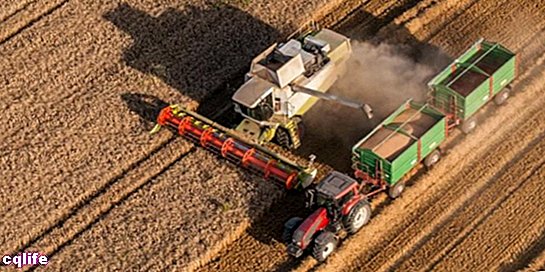We explain what the economically active population is and the characteristics of the employed and economically inactive populations.

What is the economically active population?
The economically active population, also known as the “labor force”, corresponds to the amount of persons that is in the working or productive life stage. This group includes people who have an occupation and those who do not but are looking for it.
It is the part of the population able to contribute goods or services to the market because it meets certain variables such as age range, educational level, work experience, among others. It is made up of two large groups:
- Working population. The one who has a job.
- Unemployed population. It is the part of the population that does not have a job but is actively searching. Also called “open unemployment”. It should not be confused with the economically inactive population.
Working population

The employed population is the part of the economically active population that has at least one economic activity. The criterion of one hour worked allows statistical comparability with other countries and allows capturing the multiple informal or low intensity occupations in a territory.
The number of hours of normal occupation is considered between 35 and 45 hours per week. But within the employed population, two subgroups are also included, although they do not have this characteristic:
- Hourly underemployed population. It is the part of the population that works less than thirty-five hours a week.
- Overcrowded population. It is the part of the population that works more than forty-five hours a week.
Furthermore, the employed population differs according to the productive sector in which it invests its working hours. This classification allows the study and analysis of the economic production of a population. The different sectors are:
- The primary sector. It covers economic activities related to the extraction of natural resources. Examples of the primary sector are farming, the cattle raising, the exploitation of mines and hydrocarbons, among others.
- The secondary sector. It encompasses economic activities that transform raw Materials in finished products, adding value to the goods. Examples of the secondary sector are industrial activity (considered light and the heavy) offering furniture products, electronics, footwear, food processed, clothing, among others.
- The third sector. It covers economic activities designed to provide services (and not to the production of goods or merchandise). Examples of the tertiary sector are Commerce, transportation, public services or private, among others.
- The quaternary sector. It covers economic activities related to the provision of services focused on intellectual work, the knowledge and of the research. Examples of the quaternary sector are consulting, research and development of technologies, the financial planning, etc.
- The quinary sector. It encompasses non-profit activities that generate a contribution to the society from the education, health, recreation, etc. Examples of the quinary sector are the actions of Civil Society Organizations (CSOs), leaders in technology, people of influence or social references, official work of the government, among others.
Economically inactive population
The economically inactive population is the part of the population that does not have a job or trade, nor is it looking for one. It comprises groups of people with the following characteristics:
- Young people of sixteen years or more, who do not classify as employees.
- Students of any category of study (elementary school, grade school, etc.) who are not in employment.
- Retirees or pensioners.
- Volunteer in social or charitable activities.
